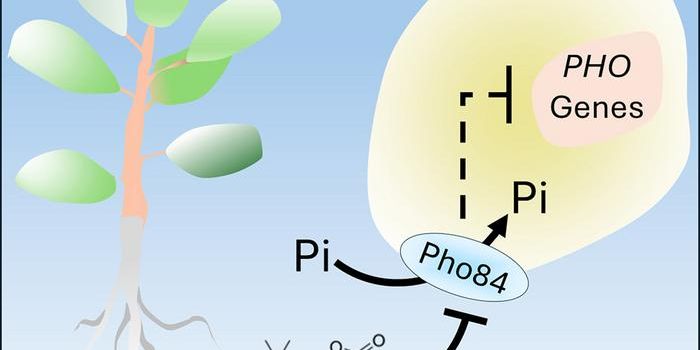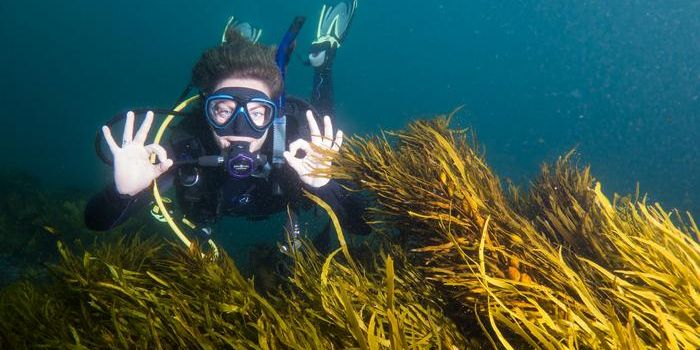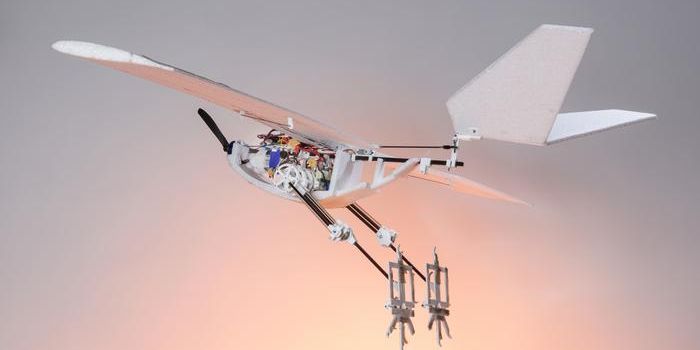Fire as Medicine: How Indigenous fire management methods shaped our modern landscape
Fire is everywhere, from stoves and heaters to grills, fun-smelling candles, fireplaces, and portable pocket lighters. However, fire is one of the deadliest forces to reckon with. Fire devastated large portions of the Amazon in 2019, with over 40,000 acres destroyed, mostly on land that was once previously forested, accelerating biodiversity loss.
Over 70,000 fires have burned more than 7 million acres, according to the National Interagency Coordination Center (NICC). They report that the number of fires may have decreased over the last three decades, although the acreage of fire-affected has increased. Most coverage of these fires only demonstrates their destruction when out of control.
Today, agencies like the Nature Conservancy aim to show that fire management is a productive and efficient approach to mitigating the massive amounts of damage that an out-of-control fire can cause. These methods have ancient roots, and studies undertaken at SMU suggest that bringing historic and prehistoric wildfire management practices back into use could be beneficial to the modern landscape. Within 4824 acres of fire-scarred vegetation where Navajo (Diné), Apache (Ndée), and Jemez (Hemish) pueblo have lived for centuries, researchers have discovered a fire pattern. Fire anthropologist Christopher Roos, and others, identified a 300-year range in which records of above-average rainfall were detected, followed by intense drought.
This pattern remained until Native American tribes traditionally burned controlled segments of the landscape, sometimes even entire mountain ranges. Their use of controlled fire showed a co-existence with fire centuries before European contact. Using a tree-ring synthesis of climate and fire history, they found gardening, wild plant management, and hunting, as well as other cultural and religious uses of fire, changed the timing of ignitions on widespread landscapes of abundant fuel types.
Fire-scar chronologies were created to analyze the relationship between climate and fire. By classifying the presence or absence of departures from the average climate conditions into three categories, sites were then grouped according to the cultural landscape and regional scales to determine burn patterns. The results suggest that fire management changed the ignition periods of less abundant fuel types, reducing the significance of the rainy seasons and prior years of fuel production.
After European contact, controlled burns became less common, while suppression in many forms became more frequent. These actions led to an overgrowth of uncontrolled organic matter.
Similar to Native American traditional burning techniques used, the Australian and South American savanna and neotropical savanna are other indigenous landscapes in which some of the most flammable plants are a prolific food source and where the indigenous perspectives have been excluded. Take the example of the North American Boreal Forest. Fire has been a core element of existence for the indigenous peoples and holds a deep spiritual connection. More research out of UC Berkeley found that the Klamath Mountain region was at one point reduced to half its size due to the significance of the Yurok and Karuk traditional practices in maintaining the forest biodiversity, even during periods of variable climate.
In terms of the cultural landscape, it is not just humans who can alter the earth; fire and water can equally take agency and change the landscape as well. For the Cree, fire is a being with spirit, a life-giving force. It can take and destroy, but it can also provide new life.
Historically, native perspectives and methods of fire management have been discouraged and often criminalized. However, indigenous knowledge has successfully allowed Nations to exist peacefully in a world in constant flux for millennia.
Sources: Amazon Frontlines, Congressional Research Service, Nature Conservancy, Eurekalert, SMU, National Park Service, Springer, Berkeley.








